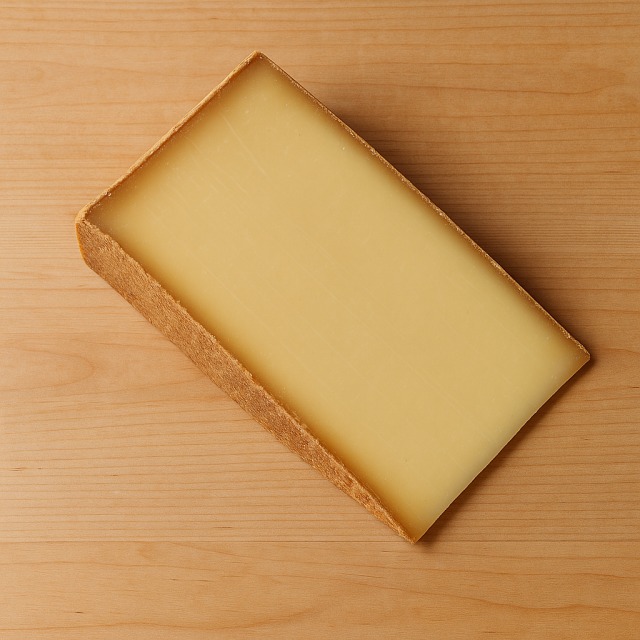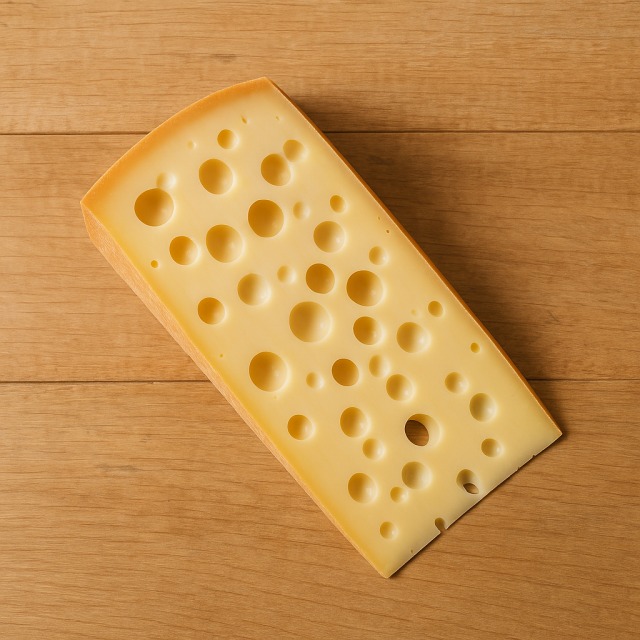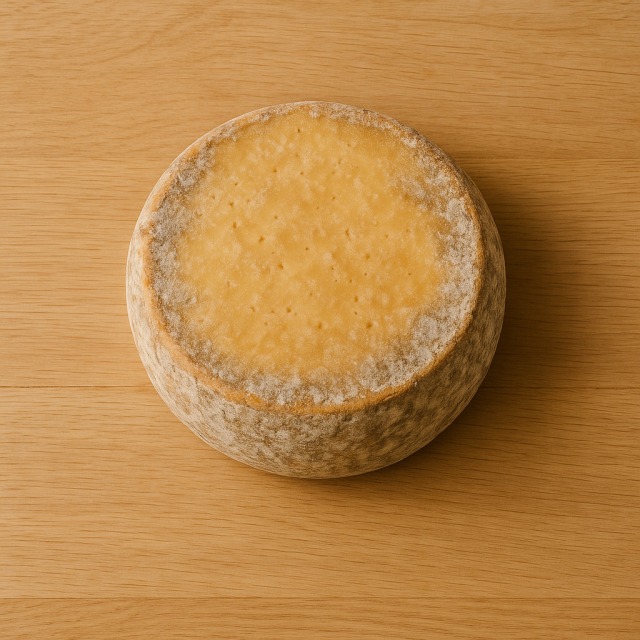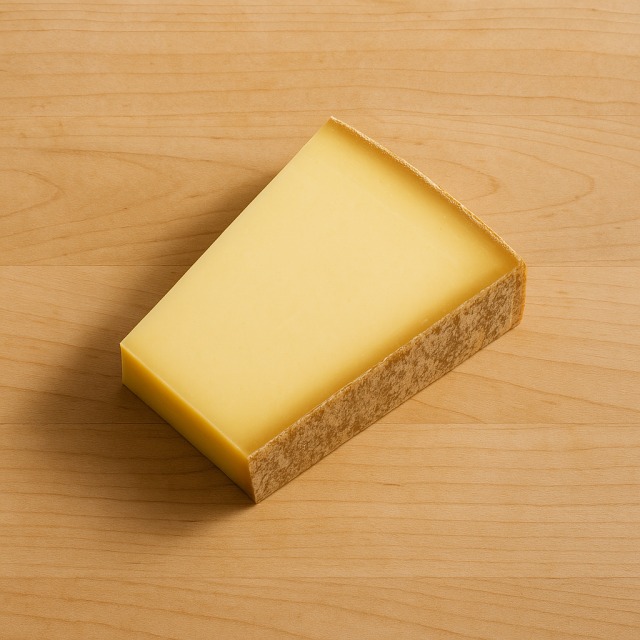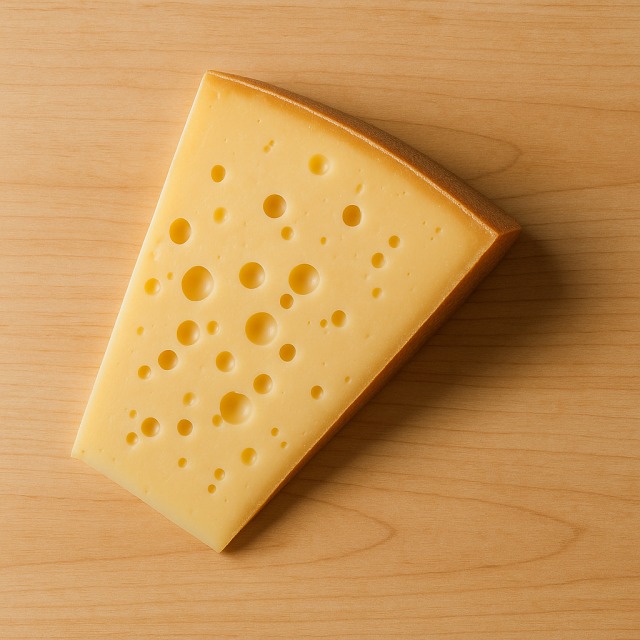Calorie Chart / Cheeses / Parmigiano
How Many Calories Are in Parmigiano?
Calculation of the nutritional value & Recommended Dietary Intake of parmigiano
For g and a calorie requirement of kcal
| Calories 152 kcal | Proteins 14 g | Lipids 11 g | Carbohydrates 0 g |
| 8% | 19% | 16% | 0% |
Health benefits of parmigiano
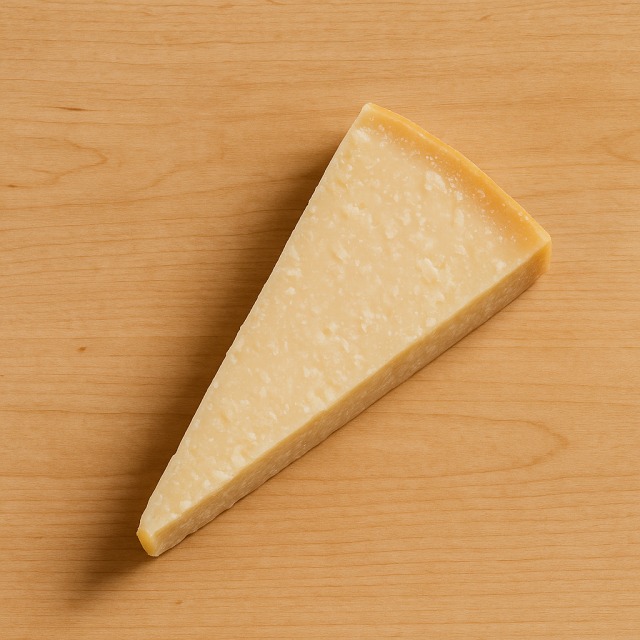
Parmigiano - 100g
Calories 380 kcal
Proteins 36 g
Lipids 26.5 g
Carbohydrates 0 g
Parmigiano-Reggiano is considered a high-calorie cheese, yet its density of nutrients can justify the calories it brings. It supplies complete proteins rich in the essential amino acid leucine, valuable for muscle maintenance. In addition, it delivers significant amounts of calcium and phosphorus that contribute to bone health, vitamin B12 for nervous system support, and selenium with antioxidant properties. The long maturation (minimum 12 months) breaks down lactose almost completely, making the cheese naturally lactose-free despite its calories.
Because the moisture is driven off during aging, vitamins A and D, zinc, and magnesium are concentrated, which partly explains why the calories are also concentrated. Some studies even suggest (a supposed benefit) that bioactive peptides released during ripening could help with blood-pressure regulation. Historically, Parmigiano was used by medieval travelers precisely because its calories kept well without refrigeration and because a small piece provided both energy and flavor for long journeys.
Tips for incorporating parmigiano into a balanced diet
A small shaving of Parmigiano can transform a plate without letting calories explode: grate 10–15 g over hot pasta tossed with seasonal vegetables to obtain flavor, proteins, and a moderate addition of calories. For a lighter starter, pair thin slivers with a peppery arugula and tomato salad; the fresh vegetables add bulk with negligible calories while the cheese supplies taste and calcium. Athletes looking to increase proteins without excess carbohydrates can sprinkle Parmigiano on scrambled egg or melt a teaspoon into post-workout vegetable soup.
Fans of hearty dishes may gratinate an eggplant gratin using a modest layer of Parmigiano instead of a thicker cream sauce: you save calories, still enjoy a golden crust, and benefit from the cheese's umami depth. Remember that its flavor is intense; using less than 20 g keeps calories in check while providing the sought-after nuttiness. In any recipe, add the cheese at the end of cooking to avoid unnecessary loss of aroma and to prevent incidental extra calories from added fat.
Frequently Asked Questions
- How many calories are in Parmigiano?
- Parmigiano provides 380 kcal per 100 g.
- Is Parmigiano lower in calories than mozzarella?
- No, Parmigiano is denser; mozzarella averages roughly half the calories, so portion size matters.
- Does baking Parmigiano on a dish change its calories?
- Cooking does not create or remove calories; only the weight changes if moisture evaporates, which can make the same cheese appear higher in calories per 100 g.
- Can I fit Parmigiano into a low-carb but controlled-calories diet?
- Yes, it contains virtually no carbohydrates; use 15–20 g to gain flavor and protein while limiting calories.
- What is a practical daily portion to keep calories reasonable?
- Dietitians often suggest 20–30 g, which adds about 80–115 kcal, letting you budget the remaining calories for fruits, whole grains, or a handful of almonds.
Similar foods
Information provided by Calorie Menu may contain inaccuracies or errors. It cannot, under any circumstances, substitute medical advice or medication.
